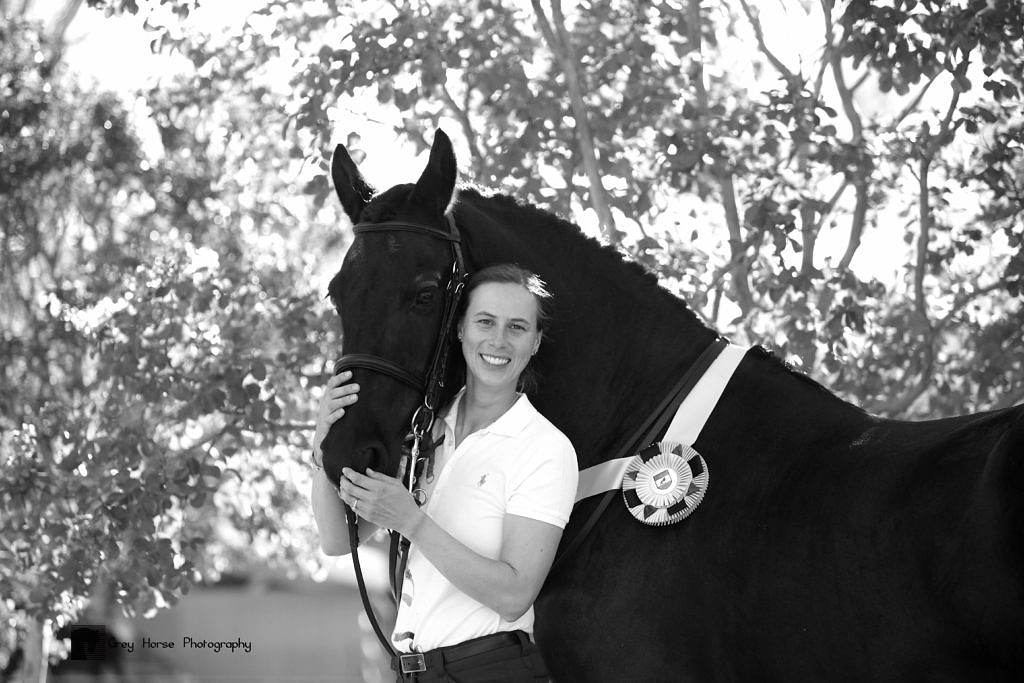
Trust and Respect between Human and Horse
“Trust and respect is something you earn, not something that is given.”
by Billie Jean King
I believe that good training can only be built on respect and trust. When respect or trust are lacking, and the horse is in doubt of the person that is supposed to be the leader in the relationship, then it becomes more difficult and even dangerous to work with the horse. Inappropriate interactions with a horse for a period of time can change the horses character and behavior. Sometimes retraining is needed, by using clearer signs, from an experienced trainer. However, retraining doesn’t mean to be rude to the horse and to punish it all the time. It’s about clear and calm quick corrections and a lot of praising to promote the horses self-confidence.
Sometimes it is difficult to know whether an undesirable reaction comes from lack of understanding, to much energy, fear, tiredness, pain or something else. Experience helps to figure out why the horse might be resistant. Fact is, if you want a horse that is healthy and happy to work with, a horse that trusts you even in dangerous situations, you must use training methods that are clear and fair to the horse. No one can dance with lightness and inspiration with a pistol held to their head. The same is true for the horse. With forced methods, punishment or abuse, we only create horses that are afraid and react out of panic.
If you are not sure why your horse gives you a undesirable reaction such as bucking, rearing, not wanting to move forward than you should ask an experienced trainer to help you. In my experience horses are usually very willing to do what we humans ask them to do and “misbehavior” is only a call for help or a lack of respect. Good or bad behavior is the horse’s language to tell us either everything is fine or something is not quiet right. Undesirable reactions can go from taking off, because of an insufficient amount of work; or bucking and rearing, because of a sore back from a bad fitted saddle; to not wanting to move, because of physical pain. As a trainer it is up to me to figure out, if the horse was treated wrong and needs to gain trust and respect again, or if the horse is in pain. If it is not obvious where the horse’s behavior comes from, a great team of professionals can help. I have the best team that includes a veterinarian, equine sports therapist, saddle fitter, farrier and body worker and they all help me as needed to figure out how to help every horse so that I can do my job well and regain the horses trust and respect.

